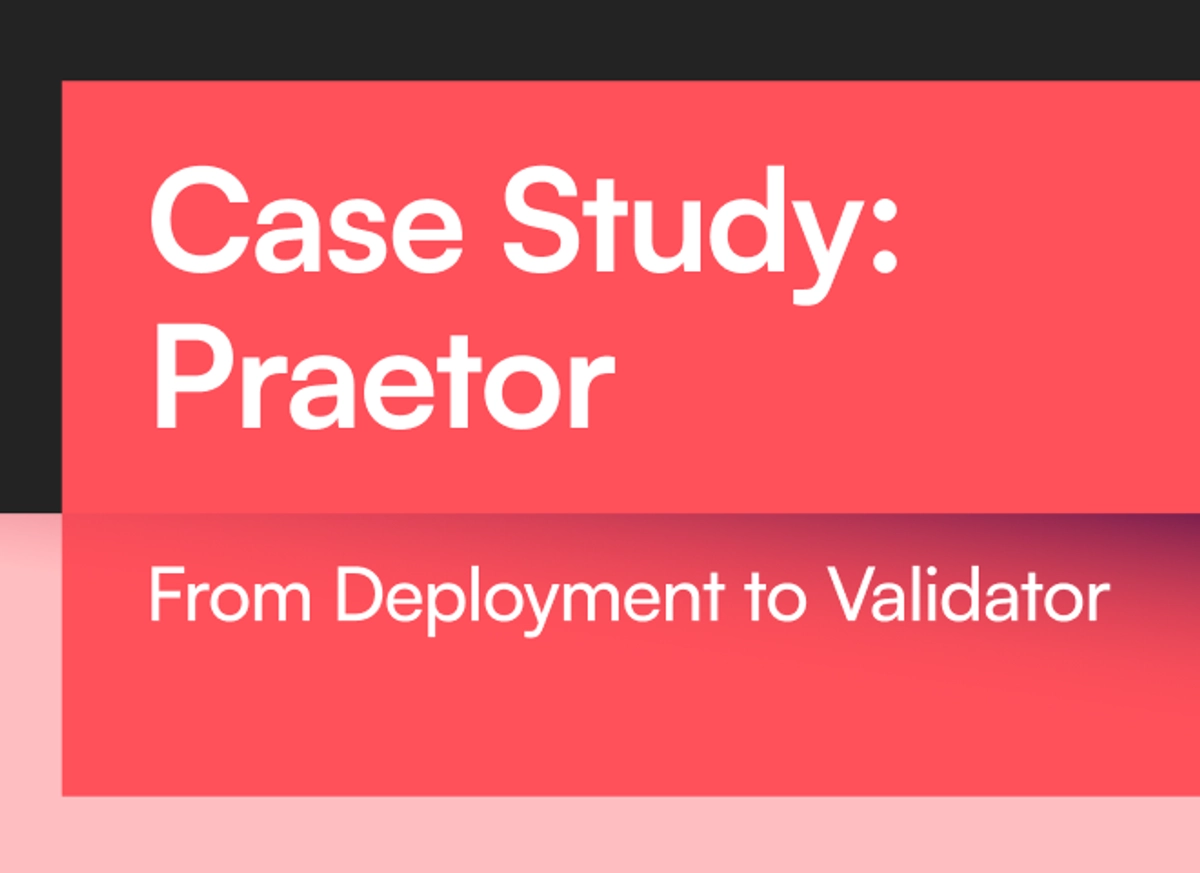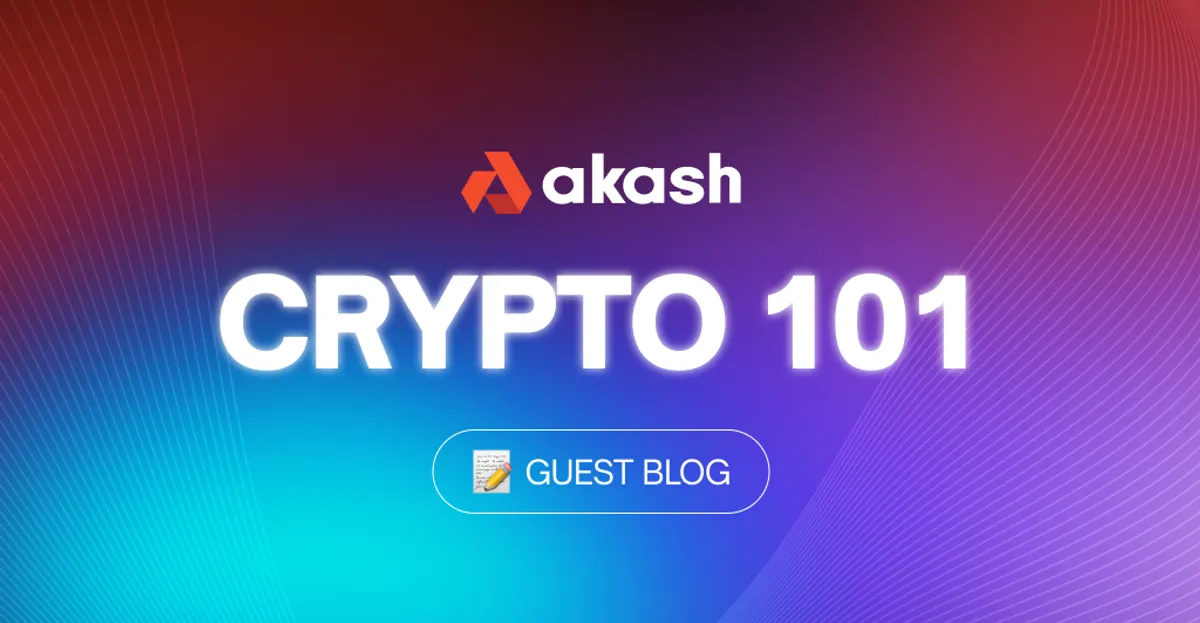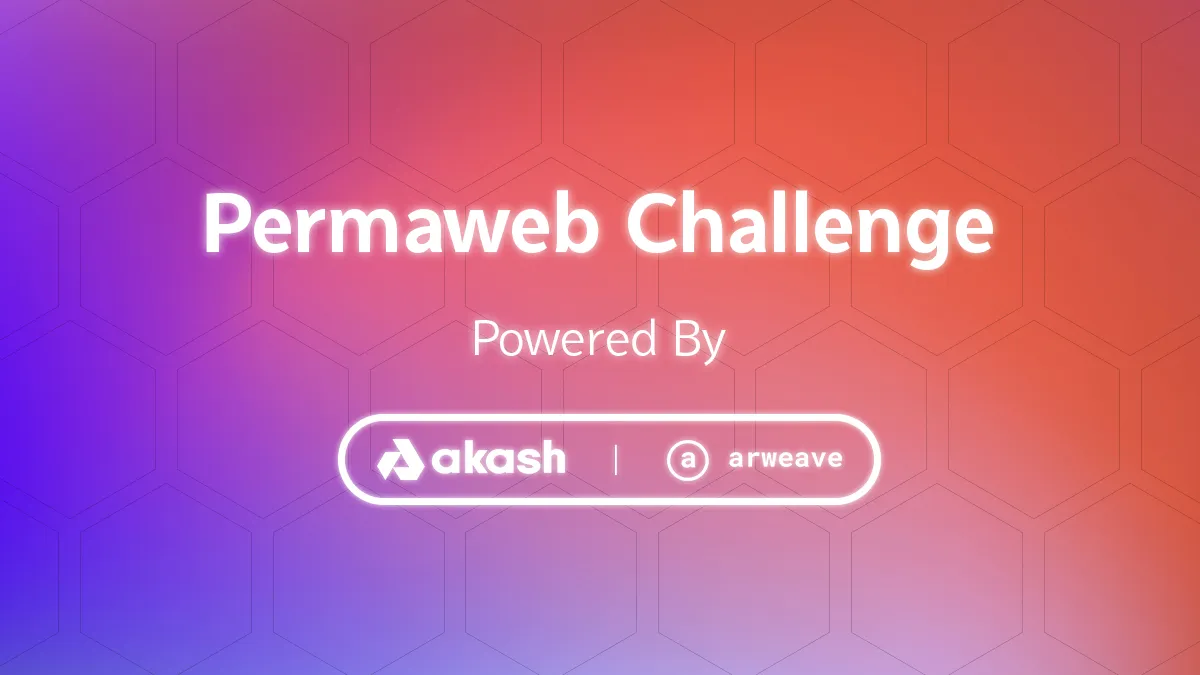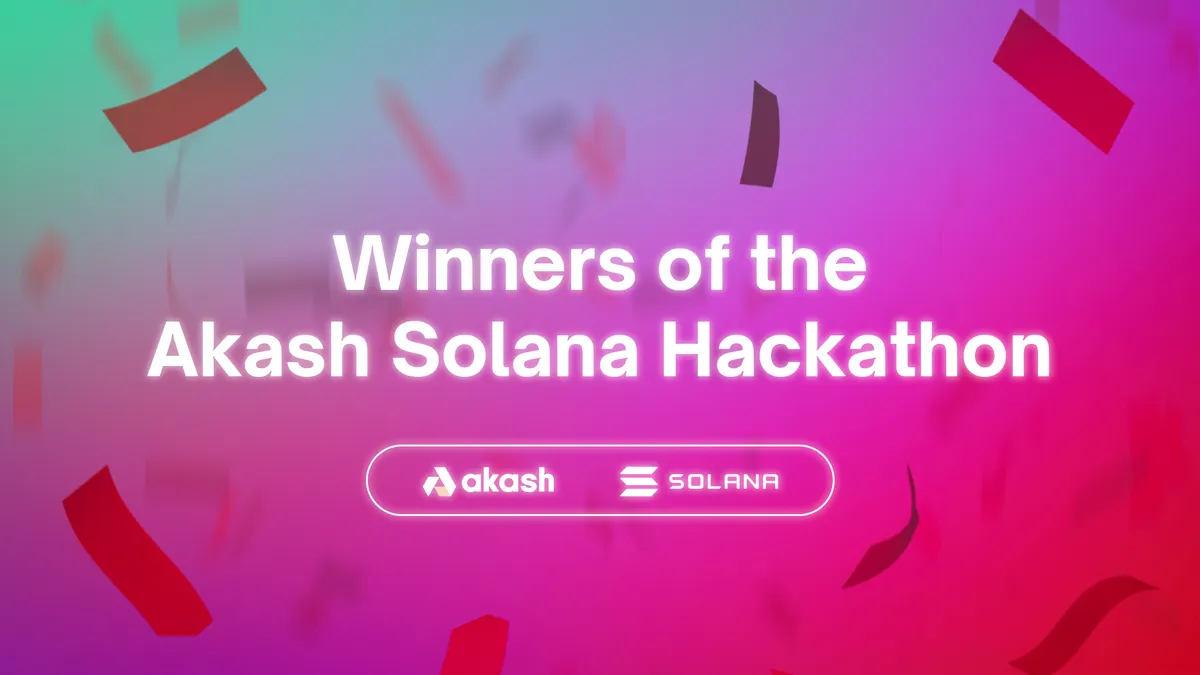
The Praetor team is determined to continue adding value to the Akash ecosystem, and the greater Cosmos ecosystem. For starters, they have improved the Akash provider onboarding experience by reducing onboarding time by over 83%. This means you can become an Akash provider/host in 20 minutes or less. This reduces the barrier to entry for individuals and entities looking to join the Web3 revolution.
The Praetor team is a Web3 and blockchain application development group focused on decentralized applications that further the evolution of the internet.
A blockchain-based decentralized web is shattering centralized monopolies that control information, access, money, and how networks work. Furthermore, Web3 has created new interconnected economies, new asset classes and products, including new decentralized services online. As Web3 re-democratizes the web, this will define the next era of the internet. Akash plays a key role in this process.
Akash Network is the world’s first distributed peer-to-peer marketplace for cloud compute that provides a fast, efficient, and low-cost application deployment solution. Developers leveraging Akash Network can access cloud computing at a fraction of the cost compared to centralized cloud providers like Amazon Web Services (AWS), Google Cloud, and Microsoft Azure.
The Praetor Team
The Praetor team is a diverse group of experienced developers spanning enterprise, mobility, and blockchain applications. Having developed applications spanning CRM and Supply Chain Management (etc) systems across the US, Canada, India and beyond, their foray into Web3 began in 2021 with Uniwhales.
Initially attempting to set up a provider machine on Akash Network, the team experienced difficulties due to the complex nature of Kubernetes, customization related to Akash, and process through heavy technical documentation.
It took almost two working days for the team to become a provider on Akash by following the documents. Still, when they became a provider, they faced some challenges in getting the bids. For example, they had to figure out why their deployments stayed “pending” once they started getting offers. In addition, from Akash Network’s discord chat, the team learned that users could get confused about what values to set in some fields to become a provider. So, if the team can streamline becoming a provider process, they can hide some steps to make it less complicated for users.
The team noticed that the command-line interface is not everyone’s forte, but it would be easy for users to understand the process from a graphical user interface point of view. They can also enforce some validations to mitigate the errors users make in becoming a provider through the application.

Improving the Akash Host/Provider Onboarding Experience
Praetor team noticed that to become a cloud provider, after having an Akash compatible Kubernetes cluster, the final step is to set up the provider service consisting of about eight to nine different stages and is very complicated for an average user to understand. So, the team first streamlined the process to make it easy for those with the Kubernetes cluster.
The first version of the application came out in March 2022, where the user provides their server access and the Akash wallet, which they want to use to become a provider. They also need to give the ingress domain, which will be responsible for hosting their deployer’s URLs. This minimal information and better UX made it simple for users to become providers.
“What Akashlytics did to simplify deploying apps on Akash Network, Praetor App, will streamline the onboarding of cloud providers. It is a massive undertaking, and it’s a beautiful app to further contribute to network growth and adoption.”
Boz Menzanji, COO of Overclock Labs
Host/Provider Onboarding in 20 Minutes or Less
Before the solution provided by the Praetor team, the user would have to spend lots of time understanding how to set up the Kubernetes cluster. Then, they need to figure out the customization of their Kubernetes cluster to make it compatible with the Akash Network. The final step would be to set up a Provider service, which will be responsible for communicating with the blockchain to bid on leases, receive manifests, and close leases. The average processing time for a user to become a provider was more than two days.
By introducing the Praetor App, the provider onboarding experience has changed dramatically. The user does not need complex command-line interface knowledge. Instead, the user only needs their servers with an operating system. Praetor app takes care of installing the production-grade Kubernetes cluster, making it Akash ready, and setting up the provider service in just 20 minutes.
“Praetor is unequivocally the easiest way to create a secure, network-ready provider and has been a key partner for Moultrie Audits and the growth of the Akash ecosystem.”
Moultrie Audits

Akash Provider Profitability Calculator
Use this calculator to calculate how much you will earn if you provide your compute power to Akash using the most recent Osmosis price for AKT to USD calculation.
Once the team released the Praetor App, where an average user can come and create the Kubernetes cluster and provide it as a host on the Akash Network, the users were not clear about what prices to set for the bid price scale CPU, RAM and Disk they provide. Some users raised questions in both Akash’s and Praetor’s discord channel regarding pricing and bidding. On multiple occasions, both teams provided them with complex pricing calculations which in many cases required a high cognitive load to understand, leading to some users not completing the onboarding process.
At that point, the Praetor team decided to build and deploy to the community a calculator which they could easily understand and make informed decisions about what they needed to set as bid engine prices for CPU, RAM and Disk.
To learn more about how much you can earn while providing resources to Akash Network, click here.

Akash Provider Real-Time Status Dashboard
When the Praetor team first became a host-provider using the command-line interface, they wanted to know the standing of their host and compare it with other online host providers.
The only available tools to enable this level of visibility was via the CLI (Command Line Interface) which provided them with all the provider’s information regardless of status (active vs. inactive). Furthermore, the team also found that users can get information about a particular provider’s active, available and pending resources and active lease count. Though this information was available, presenting the information in an accessible, user-friendly manner was not available at the time. So, the Praetor team decided to provide a solution where the public could see real-time current Akash Host Provider information and available resources in real-time.

It is also helpful to the deployers who wish to deploy their application using any available providers beforehand. To learn more about it, click here.
Becoming an Akash Validator
The Praetor team has demonstrated both technical and functional capabilities with a UX - first approach. This expertise, led by Jigar and Deval, coupled with increased adoption and engagement across the Akash ecosystem, led to inclusion in the Akash Validator program. The team was awarded a delegation and are now a part of the Akash Active Validator Set.
“We understand that being a validator comes with great responsibility. Mining blocks for a network is a 24x7 job. We understood the importance of reliability and did not miss any blocks since we are in the active validator set. Also, taking part in network upgrades and responsible voting on all proposals is equivalently important. It enables us to establish a more engaged connection with community members and the Akash ecosystem.“
Jigar
What makes Praetor unique within the Akash ecosystem is the level of active engagement, coupled with the team’s resolve to utilize Akash in their dApp deployments in its entirety, and running their validator node(s) on Akash. This full-cycle utilization is what demonstrates Jigar and Deval’s commitment to the Akash ecosystem, Cosmos, and the Web3 revolution as a whole. While it’s not unusual to see Web3 projects still running on centralized Web2 platforms, Praetor demonstrates a full commitment to the evolution of the internet via full utilization of the Akash platform end to end.
The team had a running RPC node for Akash Network before setting up the Validator. It helped them understand the job of sentry nodes and how to set up a DDoS prevention mechanism for their Validator node. On top of it, the Praetor team took multiple measures to secure their nodes and protect the funds of their delegators.

Overall Results
In 2021, over 34,000 developers globally contributed code to open-source Web3 projects. In 2022, this number has almost more than doubled.
The Akash ecosystem is an engaged and expanding ecosystem with new projects joining daily. The Praetor team has also been onboarding new host providers, in addition to increasing their visibility across the Akash and Cosmos ecosystems. Furthermore, the Praetor team now also manages other providers in a managed services capacity. The growing ecosystem also brings with it a growing list of service offerings related to Web3.
Call-to-Action
To learn more about Praetor, click here.
To learn more about Akash, click here.
Collection: Overclock Labs, Akash Case Studies on Validators and Web3 Adoption.
Perspectives: Web3, Innovation & Design, Decentralization, Blockchain, Governance, Technology and Operations.
Suggested Citation: Harvard Business Review: Thomas Stackpole, Reid Blackman, Ramsey Khabbaz, Jonathan Ruane, Andrew McAfee, Ana Andjelic, Li Jing, Katie Parrott: Welcome to Web3, May 24, 2022.
Acknowledgment: This case study is the first in a series of case studies on Web3, Blockchain Validators, Governance Frameworks and User Adoption from Overclock Labs.


